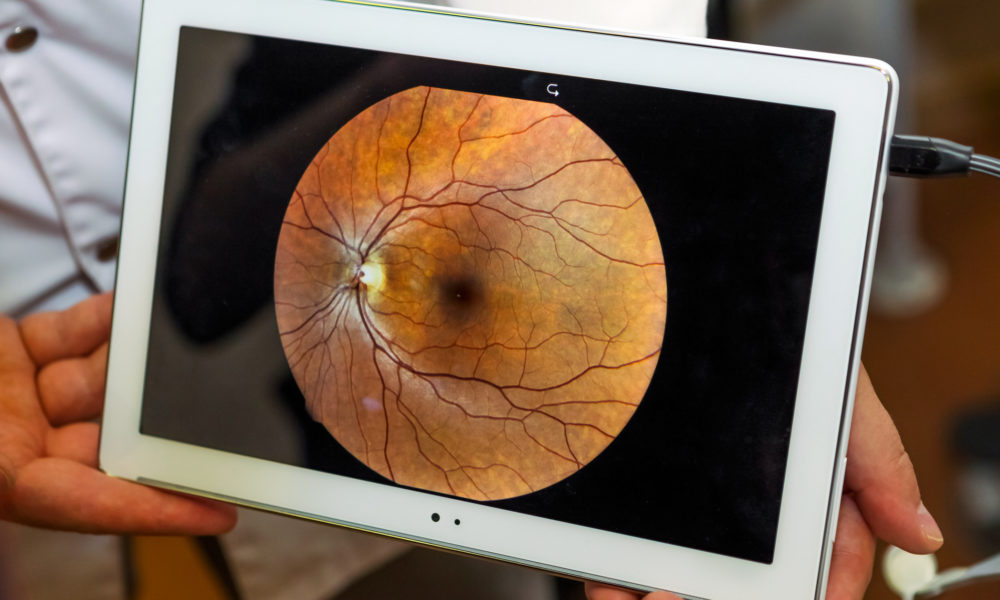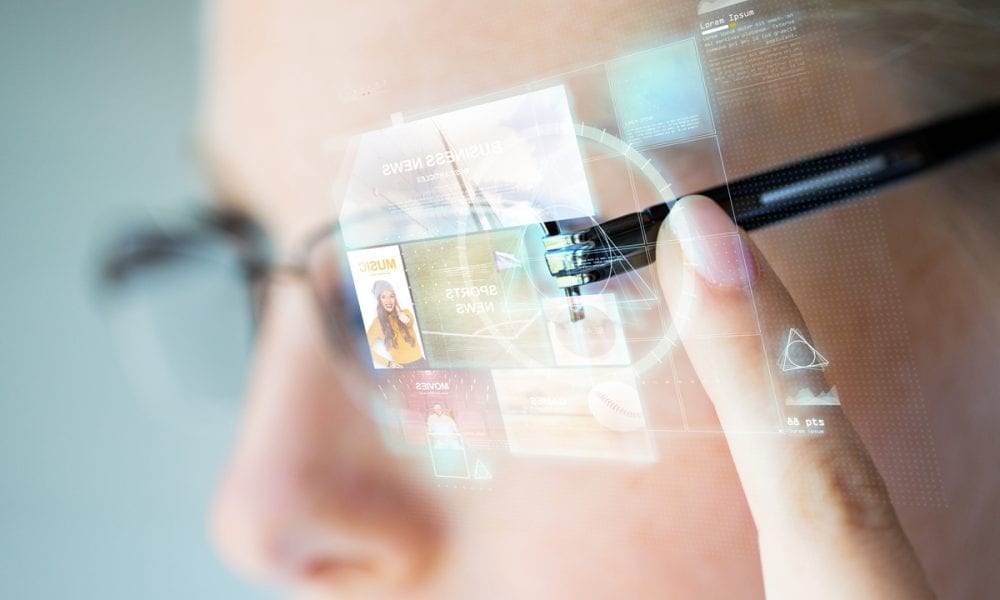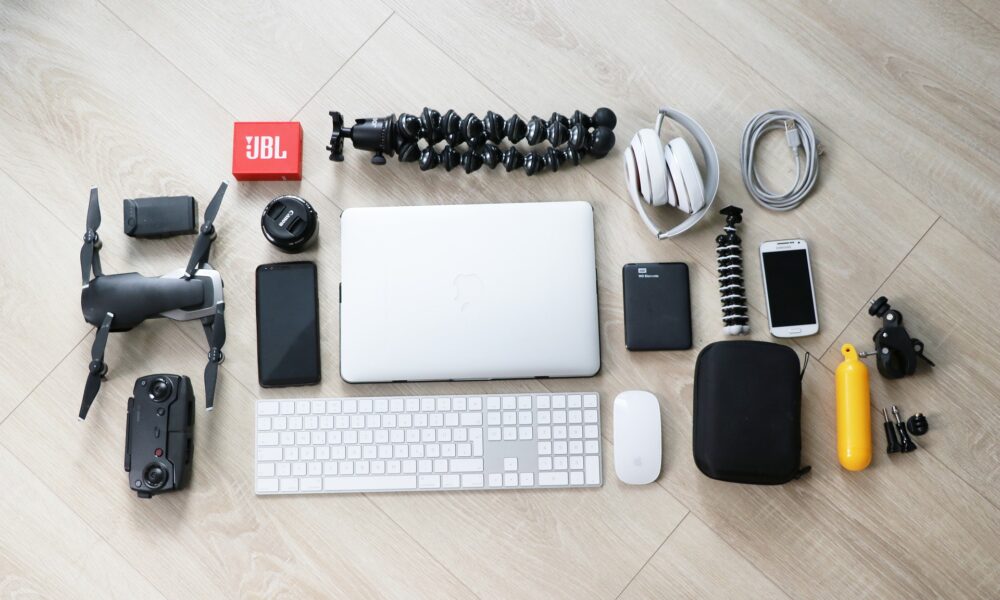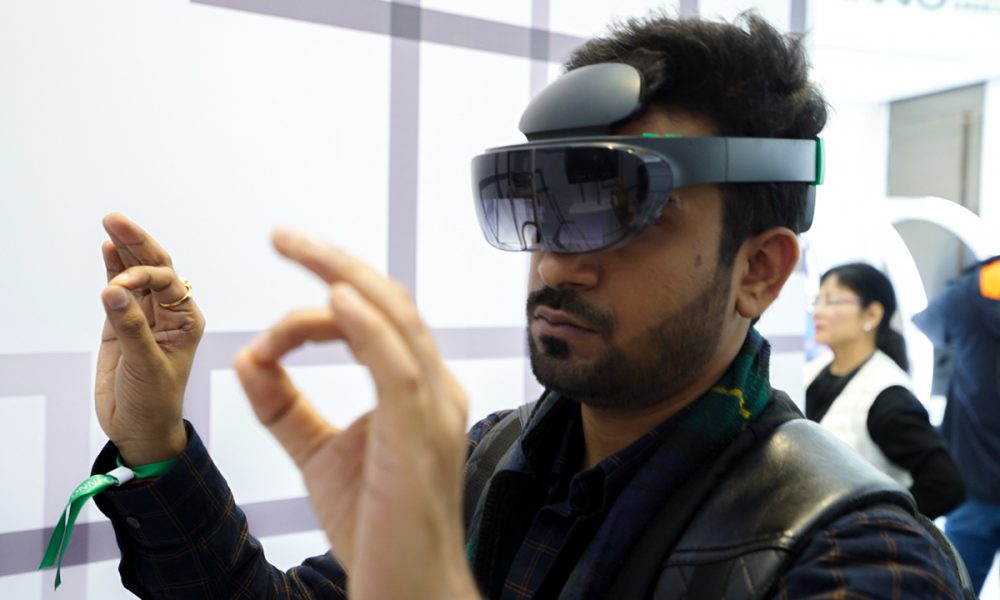The technological advancements in recent years have been remarkable, and the future of foldable and rollable devices is no exception. These devices are the next big thing in the world of electronics, with a lot of potential to revolutionize the way we use gadgets. The foldable and rollable devices are a combination of flexibility and portability, which can make them the ideal devices for the future.
The Rise of Foldable and Rollable Devices
The first foldable smartphones were launched in 2019, with the Samsung Galaxy Fold leading the way. This device came with a foldable screen that could be opened like a book to reveal a larger display. The Huawei Mate X soon followed, with a similar design. Since then, we have seen foldable and rollable devices in various forms, such as laptops, tablets, and even TVs.
The foldable and rollable devices are becoming increasingly popular due to their unique features. They are lightweight, portable, and offer a larger screen size than traditional devices. They also provide the convenience of folding or rolling up for easy storage and transportation.
The Benefits of Foldable and Rollable Devices

Flexibility and portability are the two main benefits of foldable and rollable devices. They can be easily carried around, making them ideal for people who are always on the go. They can also be used in different ways, such as a tablet or a laptop, depending on the user’s needs.
Another benefit of foldable and rollable devices is their durability. The foldable screens are made of flexible materials that can withstand repeated folding and unfolding without any damage. The rollable screens are also durable, as they can be rolled and unrolled without causing any harm to the screen.
The Challenges of Foldable and Rollable Devices
Despite their benefits, foldable and rollable devices also face some challenges. The first challenge is the cost. These devices are expensive, and not everyone can afford them. Another challenge is the durability of the hinges or the rolling mechanism. They need to be strong enough to endure repeated use.
Another challenge is the software integration. Foldable and rollable devices need to have software that can adapt to the different screen sizes and configurations. The apps need to be optimized for the foldable or rollable screens to provide the best user experience.
The Future of Foldable and Rollable Devices
The future of foldable and rollable devices is bright. The technology is still in its early stages, and there is a lot of room for improvement. We can expect to see more affordable foldable and rollable devices in the future, as the technology becomes more widespread.
The durability of these devices is also expected to improve, with stronger hinges and rolling mechanisms. The software integration is also likely to get better, with more apps being optimized for foldable and rollable screens.
As the technology advances, we can also expect to see more innovative designs and use cases for foldable and rollable devices. For example, rollable screens can be used in curved displays, creating a more immersive viewing experience. Foldable devices can be used in wearable technology, such as smartwatches or fitness bands.
Foldable and rollable devices are the future of electronics. They offer flexibility, portability, and a larger screen size than traditional devices. While they face challenges such as cost and durability, the technology is expected to improve, making these devices more affordable and durable. The future of foldable and rollable devices is exciting, with endless possibilities for innovation and development.




